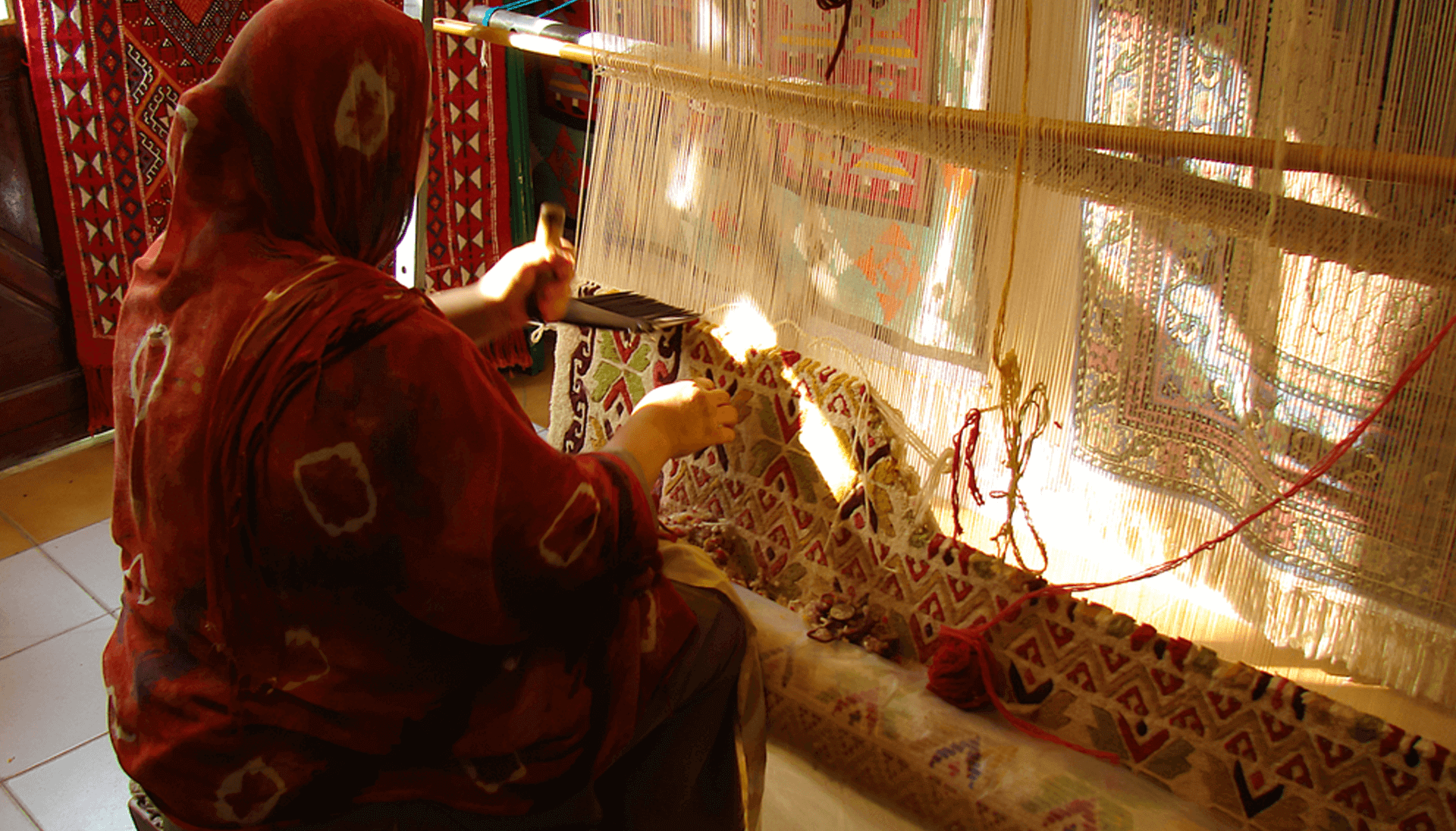12 Handicrafts of India That You Must Buy

India, a land known for its rich culture and heritage is filled with so many vibrant hues that the diversity we have can be beyond our imagination. Amidst our attempt to dwell into it and have a taste of the country’s vibrancy, we came across lots of Indian handicrafts that were absolutely stunning to look at. On learning more about them, it was established that most of the handicrafts carry a legacy of a glorious past when these came into existence. These handicraft items are just not mere showpieces or utility items, but they are also a product of sheer hard work and precision that is put in by our super talented and skilled craftsmen.
Read on to know about 12 Indian Handicrafts that you can’t miss out on!
- Blue Pottery
Interestingly, the art of blue pottery doesn’t require any clay. The dough for the pottery is prepared by mixing quartz stone powder, powdered glass, multani mitti (fuller’s earth), borax, gum and water. After the dough is prepared, it is flattened using thepai. For bigger pieces, separate flattened doughs are stuck together using more dough and water. Once the product dries up completely, it is smoothened, painted, glazed and fired until perfection.
- Aari Embroidery
Tracing its aesthetic journey way back to the 12th century, this thread work is done using a special needle called an 'aari' hook. One hand feeds the thread from the underside of the cloth while the other hand holds the hook on the top side. The hook is pushed through the material, it catches the thread and then brings it up through the ground material in the form of a small loop. This loop is then used to form the chain stitch.
- Paper Maché
The art of paper maché meandered into the valleys of Kashmir in the hands of the followers of the Sufi mystic, Mir Sayyed Ali Hamdani. The process begins with mixing discarded paper, cloth, straw of rice plant and copper sulfate until it forms a pulp. This pulp is used to craft various items like vases, coaster set, table lamps, etc. using brass or wooden moulds.
- Bone Inlay on Wood
Also known as ‘bharai’, the process of bone inlay begins with designs traced on a paper which are later on etched on wood or bone.
- Kilim Rugs:
Also known as hand-knotted rugs, kilim weaves came into existence around 1000 BC. The kilim weaves usually contain high-quality yarns of wool, jute or cotton combined into a flatweave together using primitive equipment such as handloom and beating comb.
- Relief Art
Relief Work can be traced back to the Indus Valley Civilisation and the craft continues to thrive thousands of years later because of its charming intricacies. This craft breathes life into traditional two-dimensional paintings by elevating the designs using the process of layering.
- Bone Carving
Bone carving is a prehistoric art which involves carving out animal bones to make utility and decorative items like combs, boxes, hairpins, toys, pendants, etc. The washed and processed bones are beautifully carved and shaped using basic tools like a chisel, hammer, sandpaper and compass.
- Gemstone Carving
Semi-precious gemstones like ruby and quartz are carefully carved out in the form of desired shapes and sizes using both manual and power tools.
- Tarakashi
A lump of metal is held over a heap of burning coal to melt it. Once it melts, the molten metal is poured in a rod-shaped mould and kept undisturbed to cool down. Later on, the metal is cut into thin wires (or as required) to inlay in carved out wooden articles.
- Block Printing
Developed around the 17th century, the designs are carved out on wood blocks of sheesham using chisels. Before the blocks are imprinted, the fabric is soaked in a solution of water and bleach for 1-2 days and then printed using natural dyes or AZO-free colours. Multiple blocks are used for a single pattern.
- Metal Engraving
The earliest form of metalwork known to India can be traced back to around 3000 BC. This remarkable craft involves extremely precise grooves being hand-engraved on the surface of the metal with a small chisel known as the graver. The process ends with a final touch of smoothing and coating with different colour finishes, bringing to you stunning pieces, some of which you can shop for with us.
- Meenakari
Meenakari includes enamelling of metals using gorgeous intricate designs and patterns. After the enamelling is done, the piece is fired in a kiln so that the colour hardens and fuses with the metal.
As the world of Indian handicrafts is vast, we can go on and on with our list. You can shop for these and several other crafts with us within a few clicks with us at Craft Maestros!













